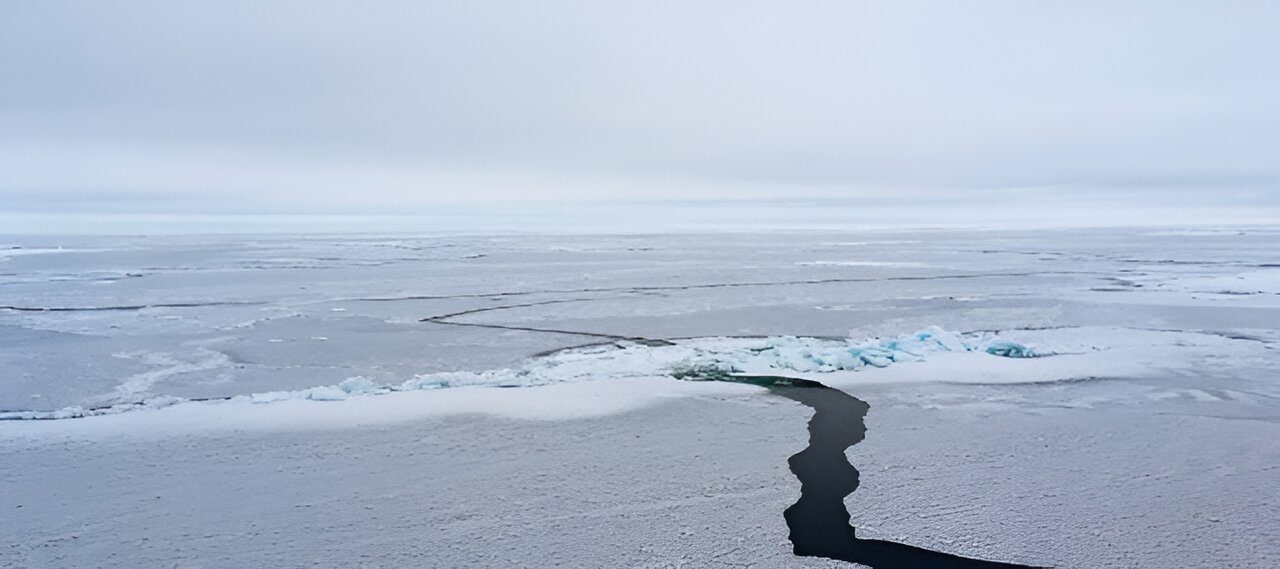Did you know that cracks or fissures that begin within an otherwise continuous sheet of sea ice are referred to as leads, and they actually play a crucial part in repositioning heat between the ocean and the atmosphere above it? Thanks to a research team, we now know more about the case. For example, we can get some insight into how spaceborne thermal infrared remote sensing has traditionally been restricted to only having modest precision that varies from hundreds of meters to kilometers. That also presents a barrier when attempting to comprehend the dynamics of Arctic sea ice.
Continue reading down below.
A research team from the International Research Center of Big Data for Sustainable Development Goals (CBAS), along with the Aerospace Information Research Institute (AIR) of the Chinese Academy of Sciences (CAS), discovered further sea ice leads in the Arctic Ocean compared to earlier seen. This discovery was made possible by spaceborne high-resolution thermal infrared observation.
As a matter of fact, there were more leads with widths of smaller than hundreds of meters when compared to the Moderate-Resolution Imaging Spectroradiometer (MODIS). However, based on the lead area found by SDGSAT-1, it was nearly three times greater than that reported by MODIS. What does this mean? This finding suggests that there are more leads present in the Arctic Ocean ice compared to when it was previously recognized.
Another study that looked into the same topic came to the conclusion that local tidal currents have a significant impact on the progression of the ice as it moves along its path. This gives researchers an unparalleled look at how the composition of the sea floor is generating some of the most dramatic shifts.
Finally, the study sheds information on the capabilities of the SDGSAT-1 satellite enabling high-resolution monitoring of sea ice in the polar areas and reveals how narrow leads contribute to the fast shift of sea ice in the Arctic.













Leave a Reply